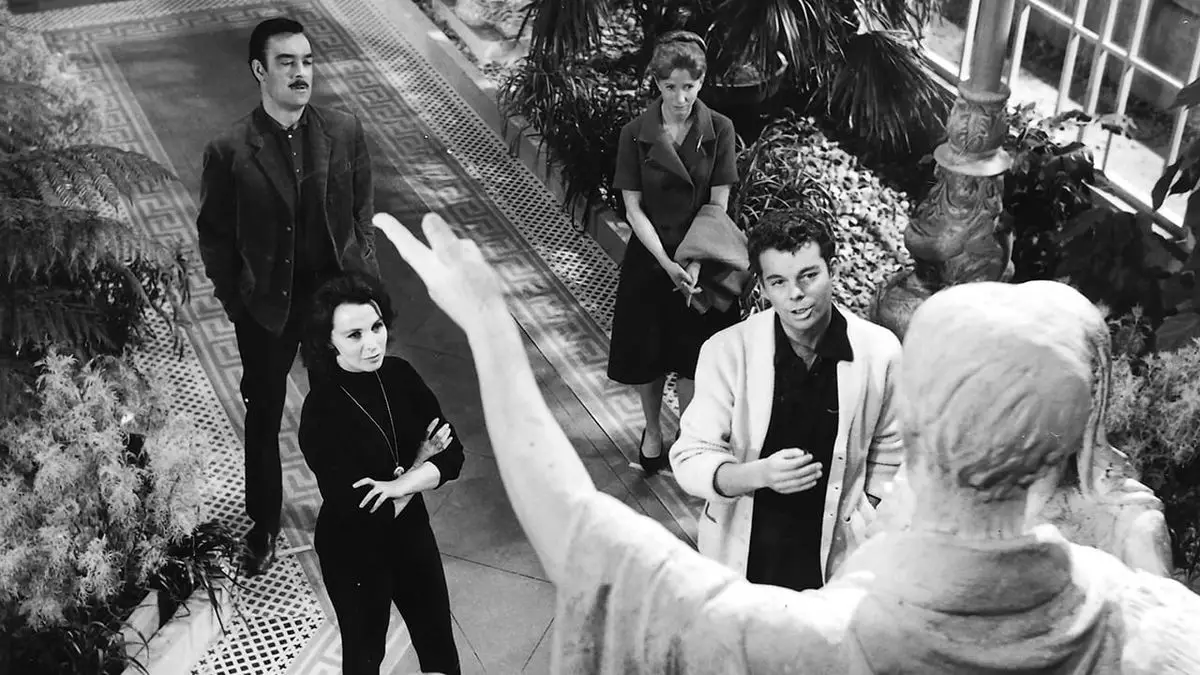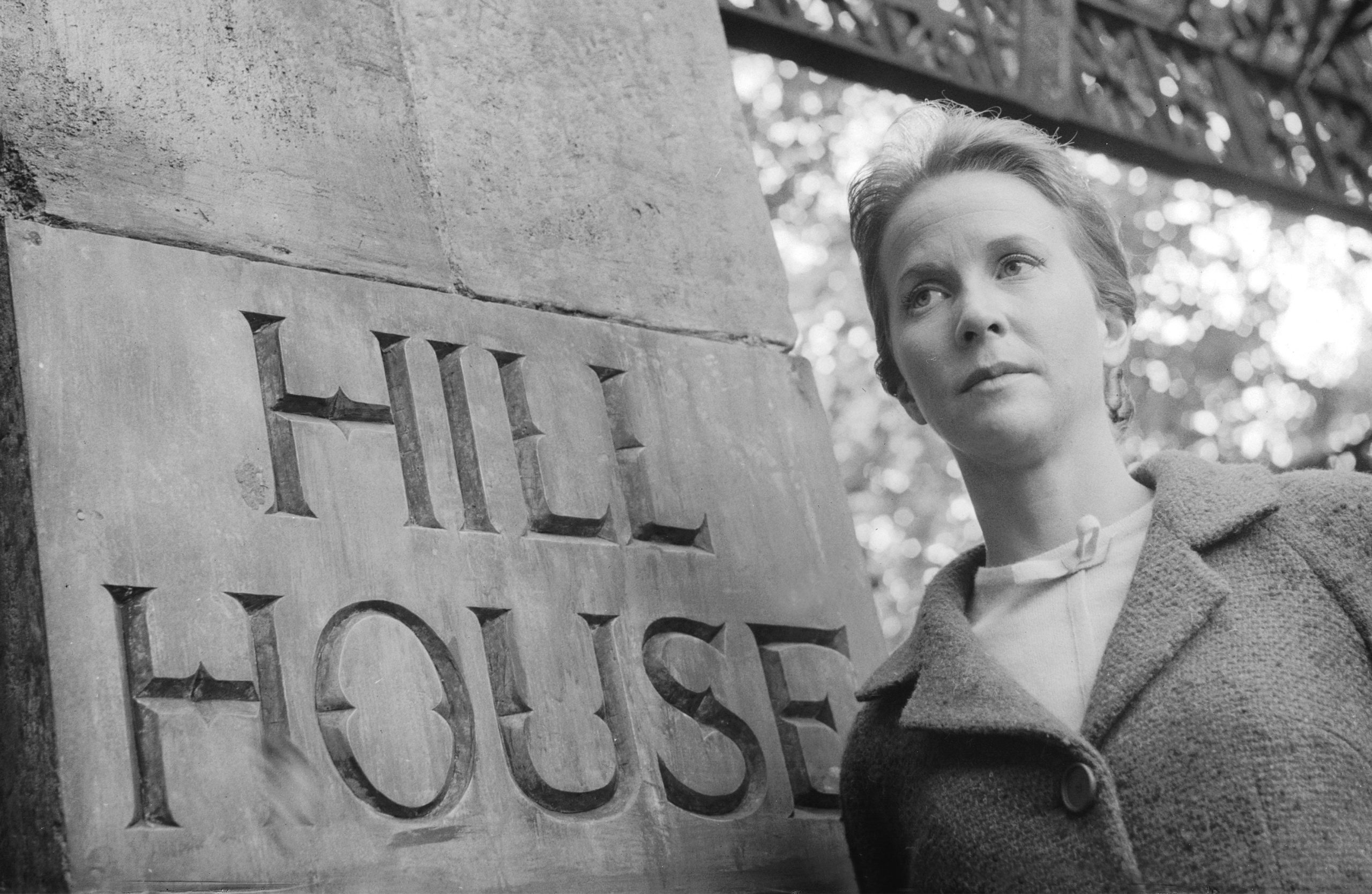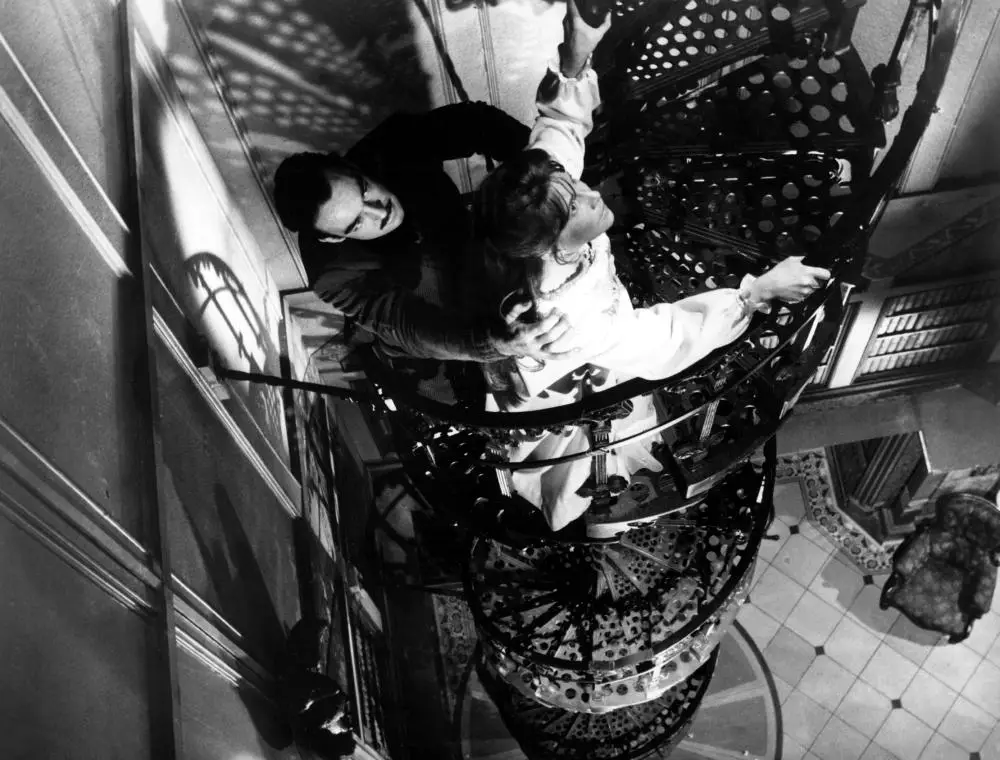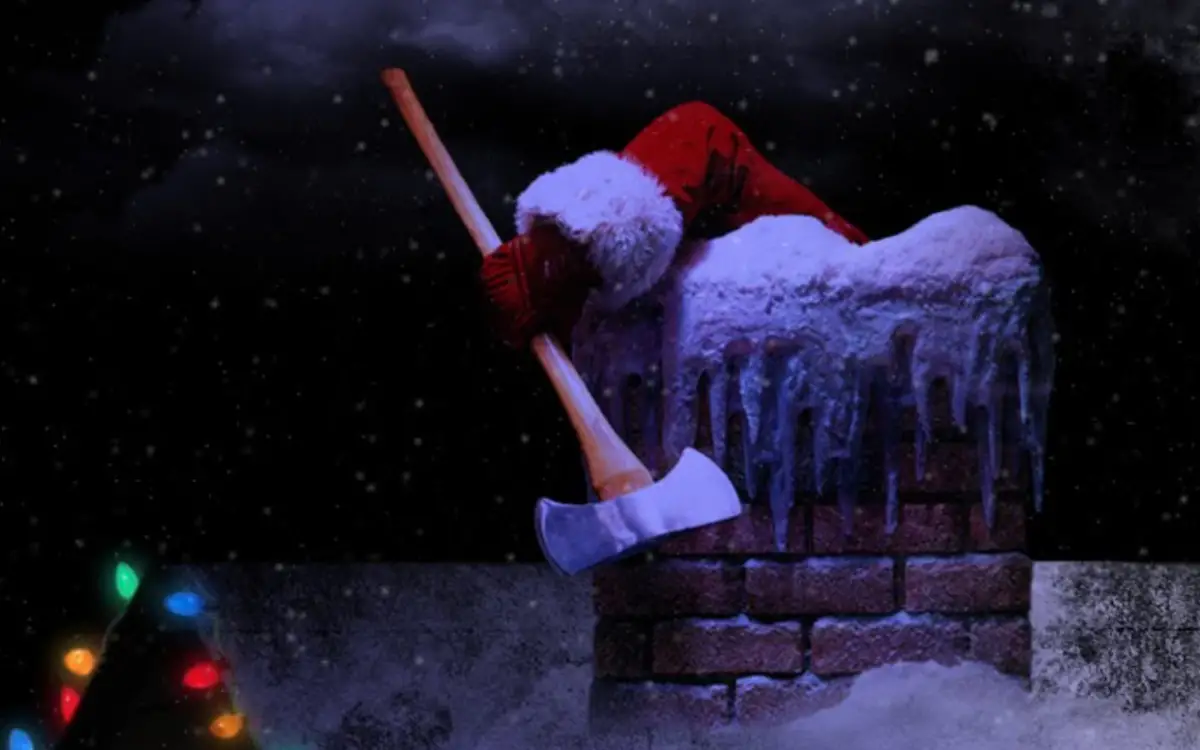Robert Wise’s ‘The Haunting’ Is a Timeless Masterpiece

In 1959, Shirley Jackson’s novel, The Haunting of Hill House, was published. Just a few years later, Robert Wise’s film adaptation, The Haunting, debuted in theaters. Prior to the film’s 1963 release, Wise worked in several different genres. But he was best known for the film adaptation of West Side Story. Despite his link to musicals, Wise stood out for his take on horror cinema. No wonder Martin Scorsese put this ‘63 film on his list of the scariest movies ever made.
This notorious ’60s horror is worth remembering for several reasons. The picture is steeped in atmosphere. The film is well-written, with an inter-temporal sensation, a powerful storyline, witty dialogue, and very special characters.
The Key Players in The Haunting
The story follows four individuals: An investigator of the paranormal and three volunteers who take part in a study at Hill House. A wealthy man named Hugh Crain built the home. He constructed it as a gift for his wife, who tragically never had the chance to set eyes on it. She was killed under mysterious circumstances on the day she was supposed to see the dwelling for the first time.
Eleanor is the protagonist of The Haunting. She has fallen on hard times and is living with her sister and brother-in-law. Devastated and overwhelmed with guilt, she strives to overcome the death of her disabled mother, for whom she had been responsible her entire adult life. Attempting to escape her miserable existence, Eleanor finds herself drawn to the Crain mansion. She thinks she has finally found her place in the world. It’s a sensation she has never experienced before. She feels as if someone genuinely cares about her. She finally knows what it’s like to be cherished.


Theodora, the second volunteer, prefers to be called ‘Theo’. Theo is very different from Eleanor but feels herself drawn to her new roommate. Despite their differences, Theo continues to care for Eleanor. Among all the tension , she manages to show affection in her own unique way.
The third member of the group is the mansion’s heir, Luke. Despite his reputation as a reckless young man seeking thrills, he harmonizes wonderfully with the rest of the team.
As for the group’s leader, Dr. Markway, he seems to be either obsessed with ghost stories or with proving his point. However, he quickly discovers his research is about to take a darker turn.
The Haunting Is a Film Ahead of its Time
At this point, Markway plays a key role in Eleanor’s mental well-being. In one of the film’s most significant scenes, the two female characters engage in a legendary dialogue that conveys ideas of the era regarding homosexuality that’s light years ahead of its time. ‘Do you expect me to believe that you’re sane and the rest of the world is mad?’ asks Theo. ‘Why not? The world is full of inconsistencies, unnatural things… nature’s mistakes. Like you, for instance,’ responds Eleanor. From that moment on, Eleanor loses her trust in humans and tries to escape her own nature. So far, all she’s ever done is kick away any potential sign of tenderness and hold herself responsible for the traumas that surround her. Perhaps it’s her own fate from which she’s trying to run.
What’s astonishing about the movie’s character arcs is how they all evolve, yet end up more connected to each other than ever before. As the story continues, it becomes obvious that everyone made the decision to visit Hill House to quell their loneliness. They all needed a break from pretending.

The film’s director, Robert Wise, and writer, Nelson Gidding, purposely omitted certain events from the book while making significant changes to the script. Their intention was to emphasize the claustrophobic elements of the story, which captured the attention of both audiences and critics.
The themes of the story are timeless. The film’s cinematography and eerie atmosphere remain profoundly effective years on from the picture’s release. The Haunting is a film that only gets better with the passing of time.
Post Views: 2





